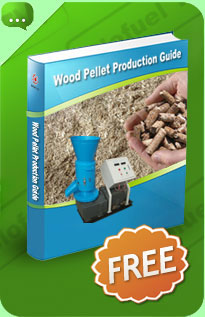Pelletizer
Pelletizer and Pellitizing
Pelletizing can be a process in which a pelletizer is utilized to reduce the volume and improve the density of the raw material. A variety of raw materials can be processed in a pelletizer, for many different purposes and uses. For instance the pelletizing of animal feed is becoming very wide spread, due to the benefits of precise feed formulas, and better storage and rationing.
The wood pelletizing industry has been growing over the last few years, and will continue into the future. Wood pellet heating can be a convenient, low maintenance means to employ a low carbon fuel to replace existing coal and oil heating systems.
Pellets
Pellets are a compressed for of the original raw material, the raw material involved can be almost any organic material. Pellets have a uniform shape, size and density. The density of a pellet is far higher than the original raw material. This is one of the key features of of pellets, in terms of increased energy density, lower transport costs and smaller space for storing.
Biomass
Biomass is any cellulose organic material which can be used as a fuel source. Biomass includes wood and wood waste, grasses and straws and other energy crops such as hemp. Nearly all biomass can be processed by using a pelletizer into pellets. When it comes to pelletizing biomass, each biomass material has different characteristics. Some biomass materials can produce pellets without the need for extra binders. However for some biomass, binders are needed to produce pellets of sufficient quality and density.
Also not all biomass pellets have the identical combustion characteristics. Wood pellets in general produce little ash and no clinker formations; however this is not true of all biomass pellets. Also some biomass pellets are corrosive.

